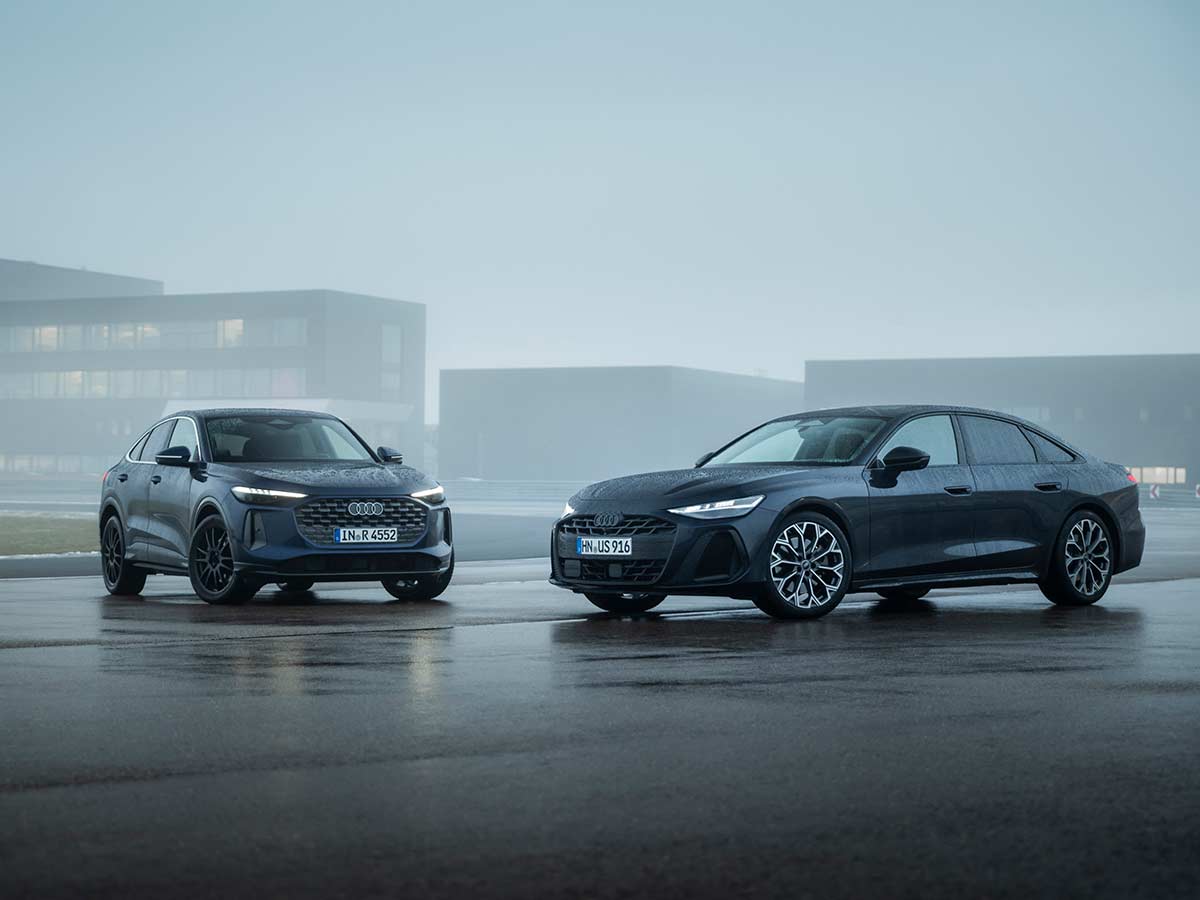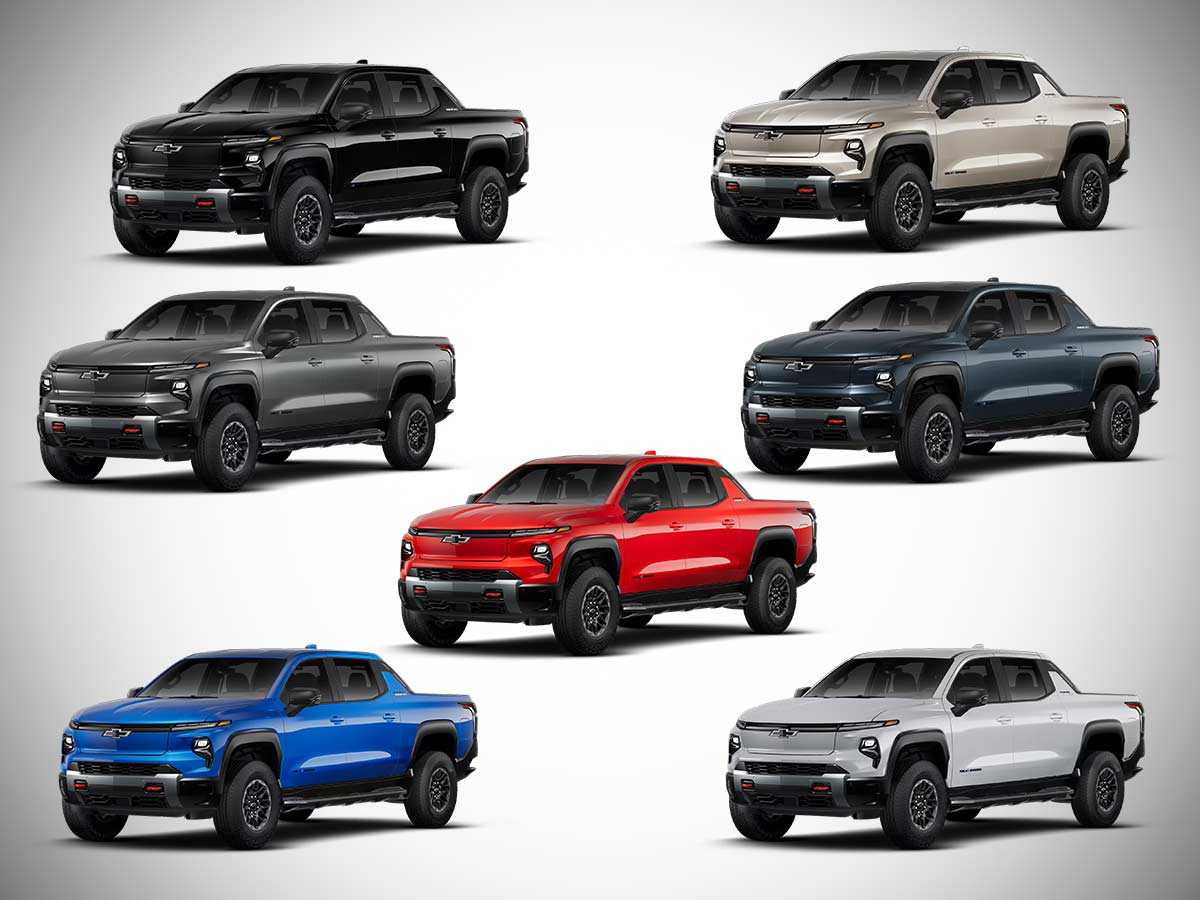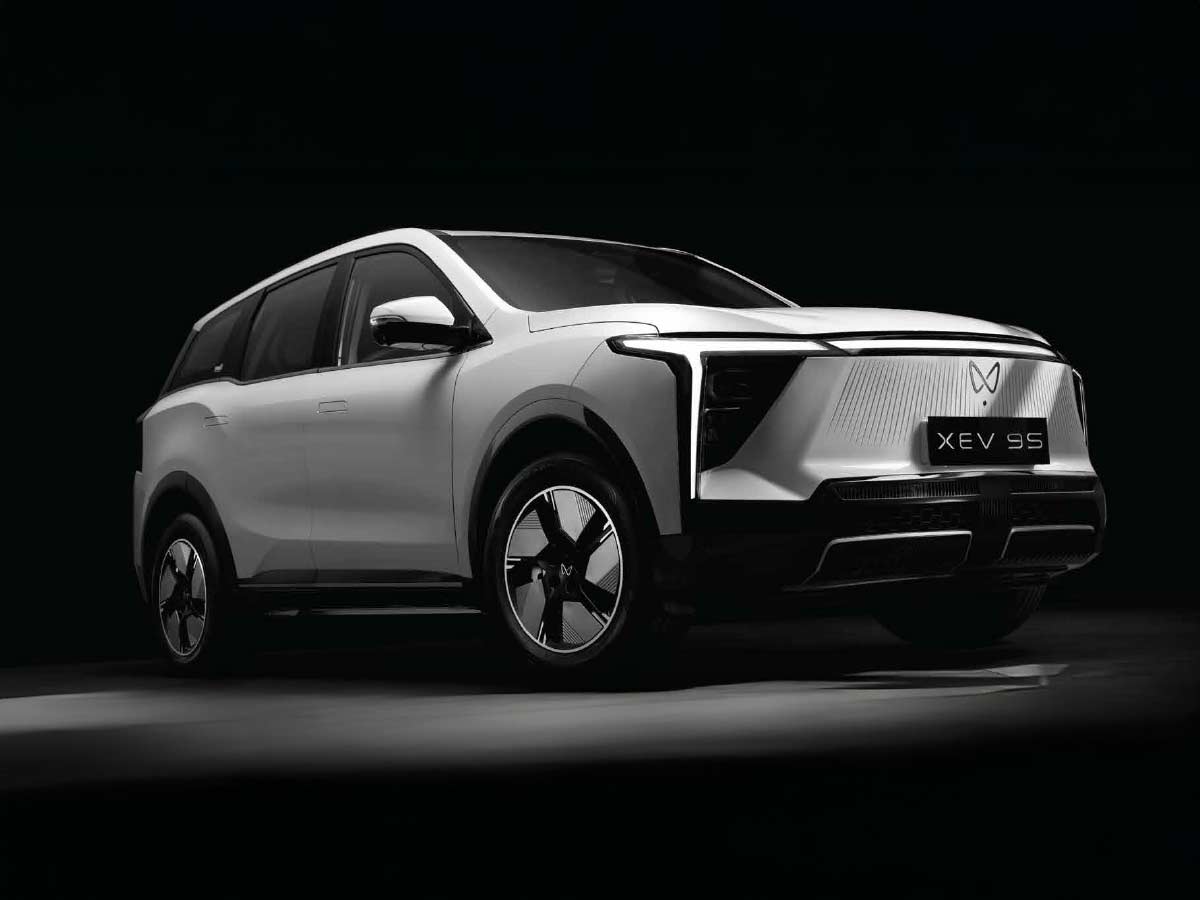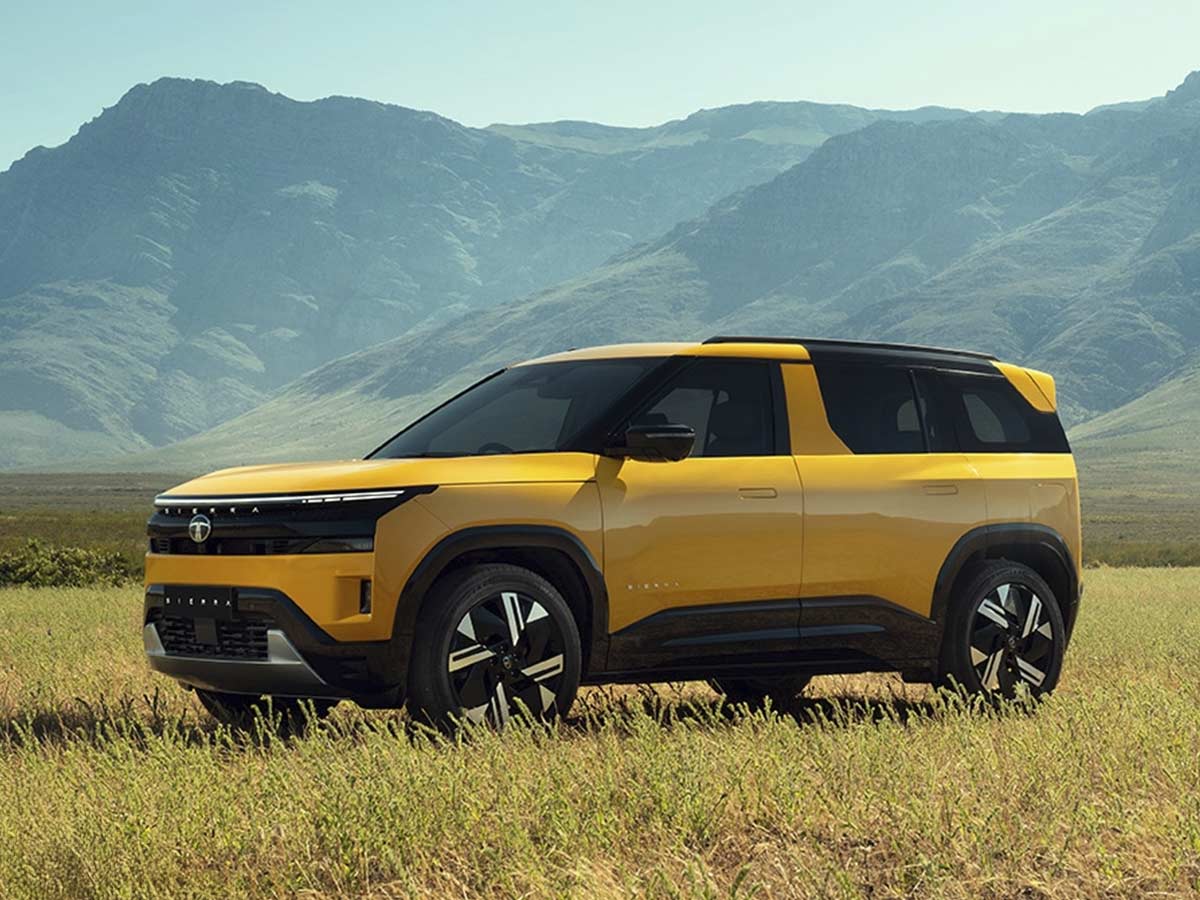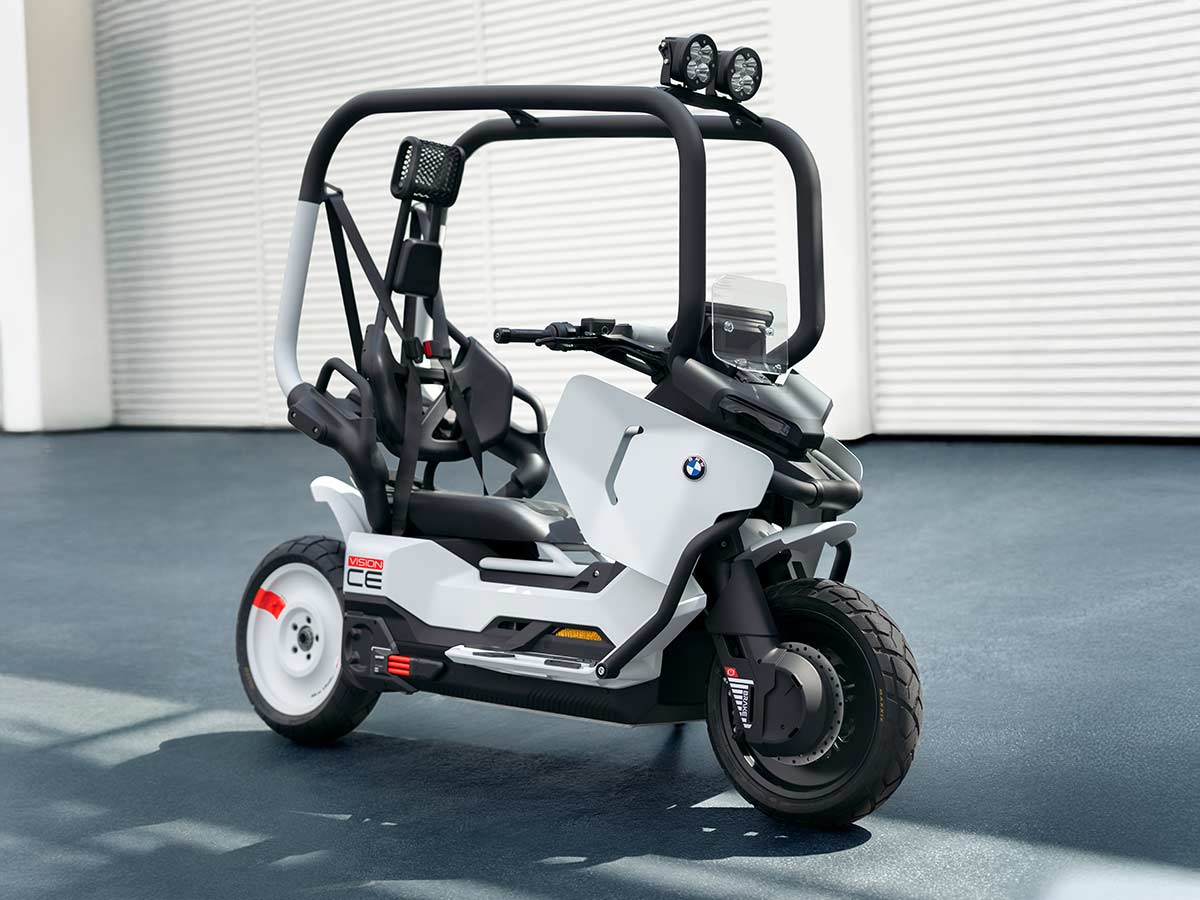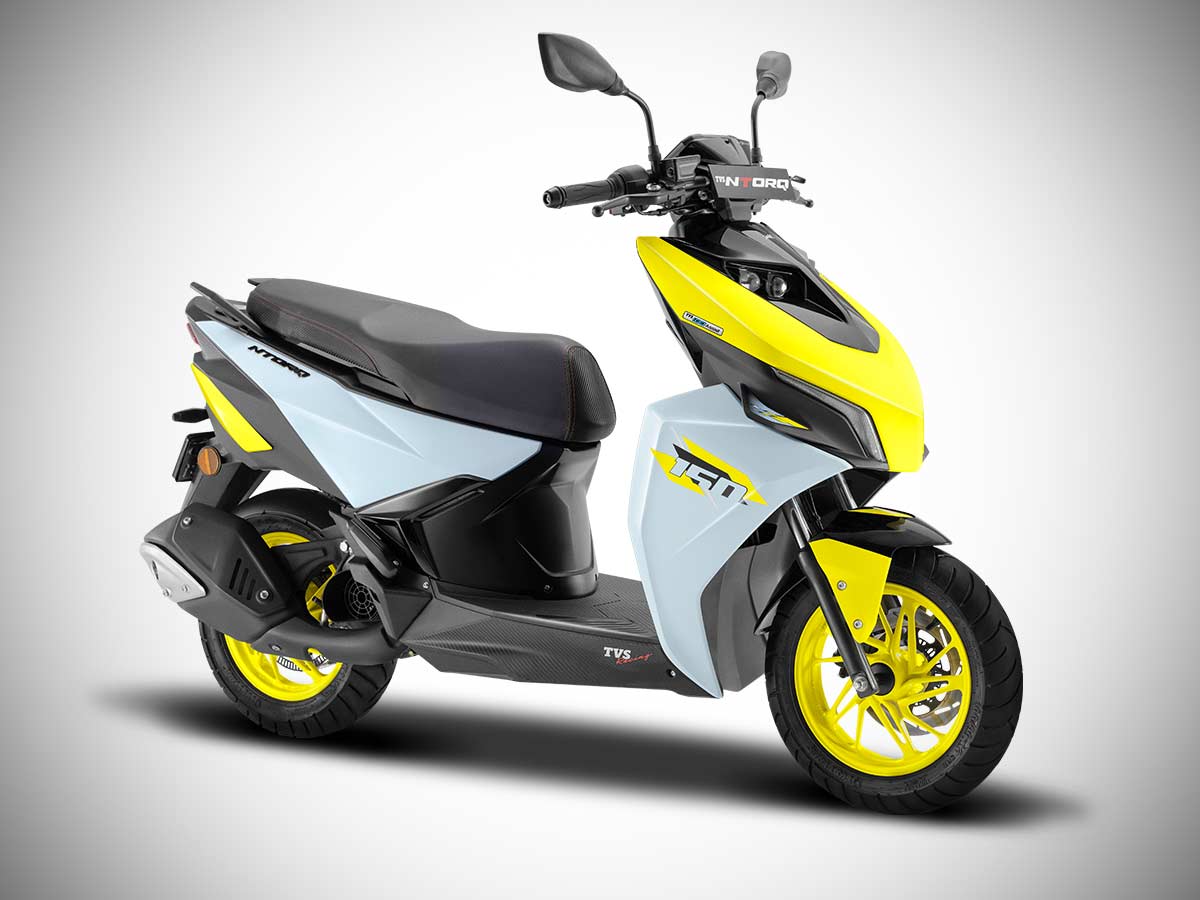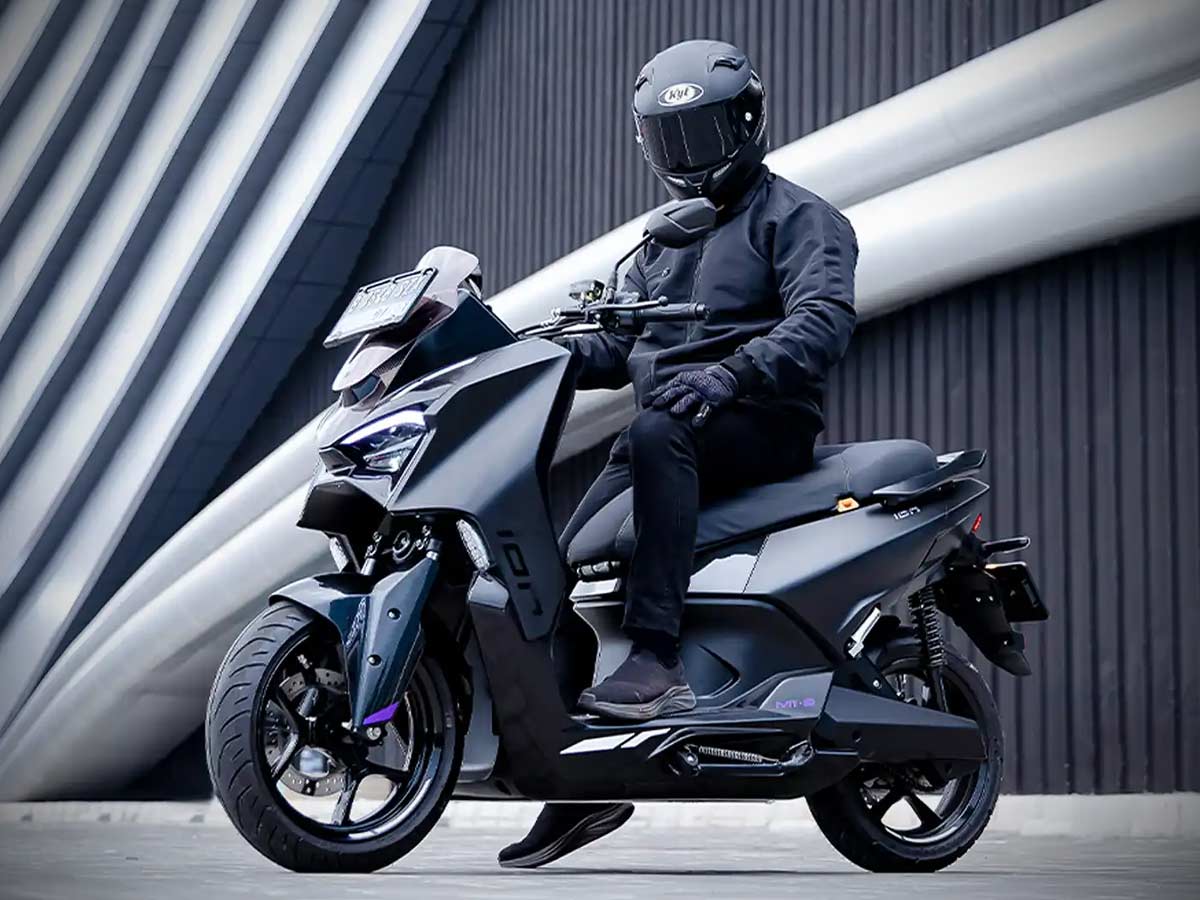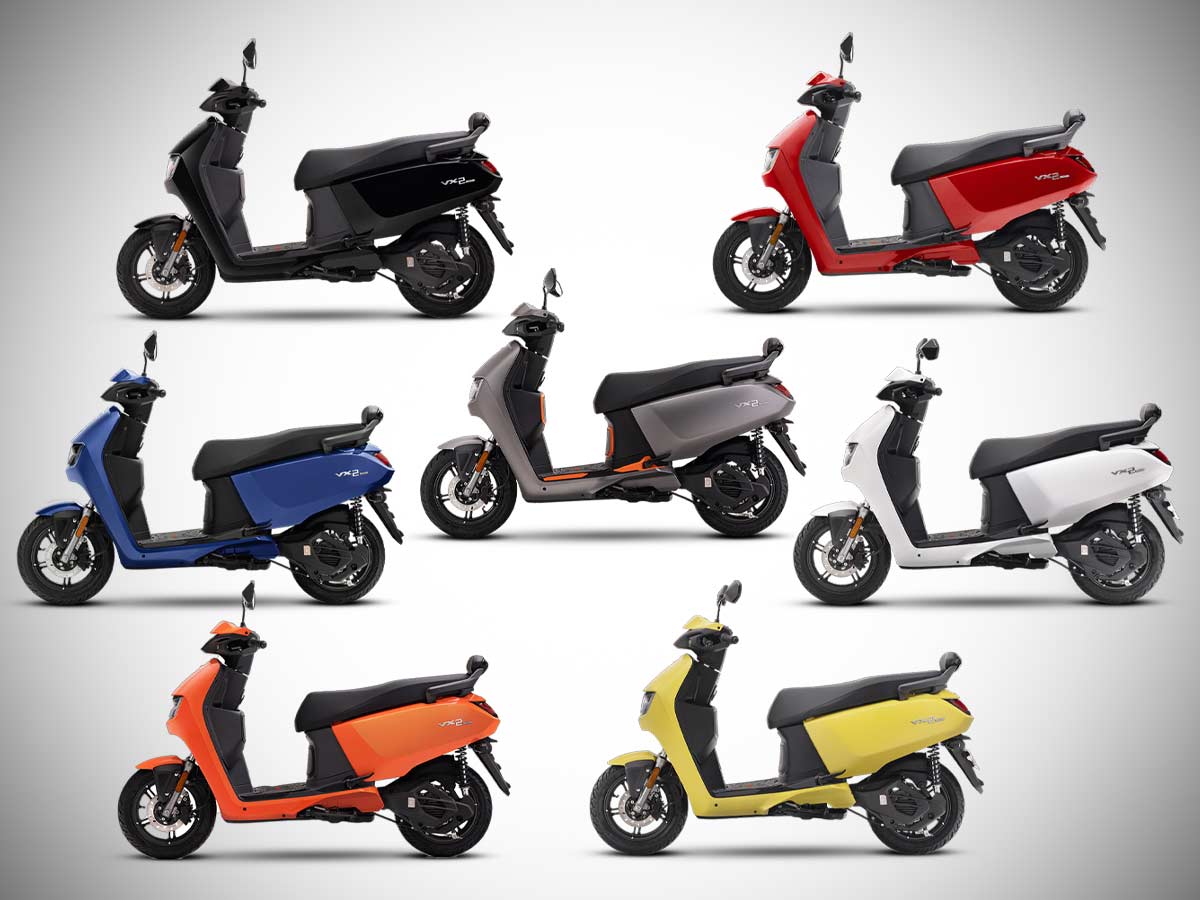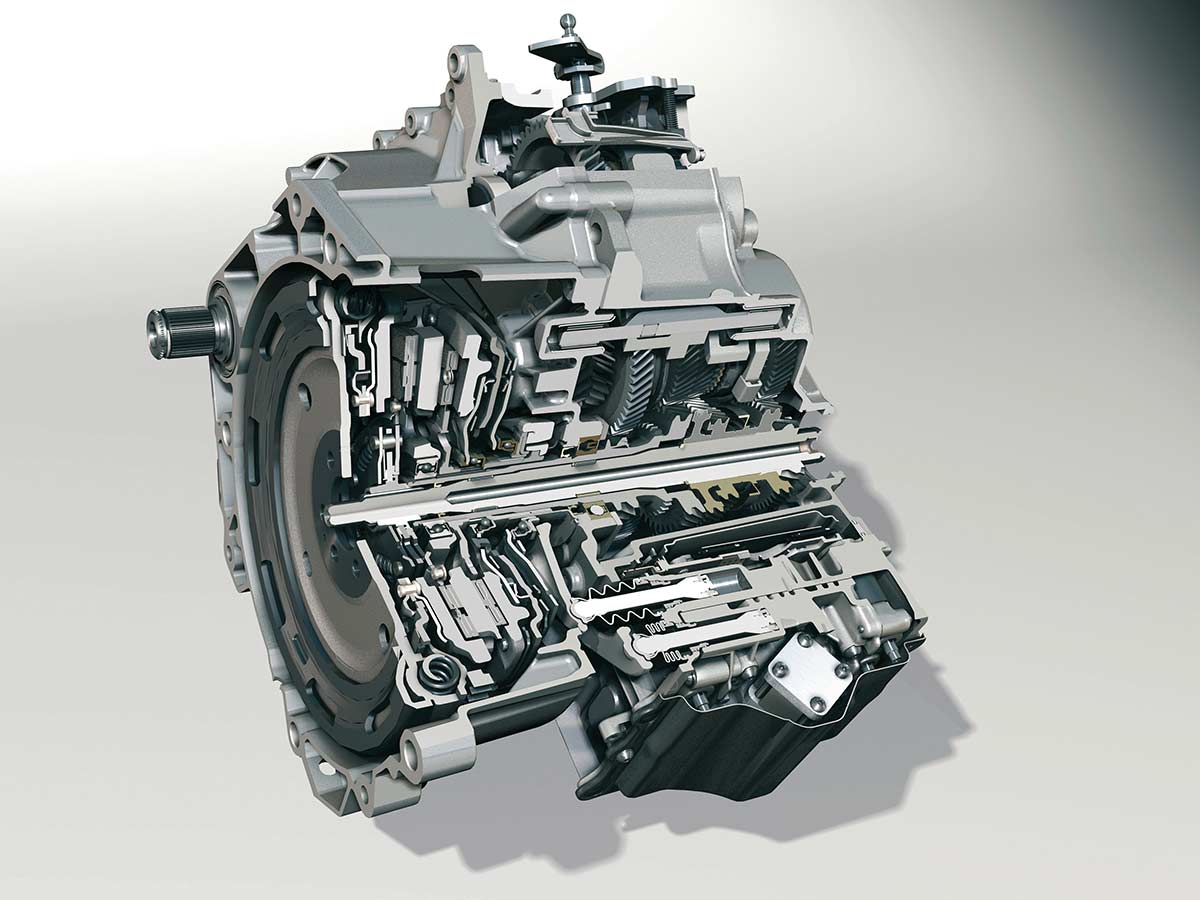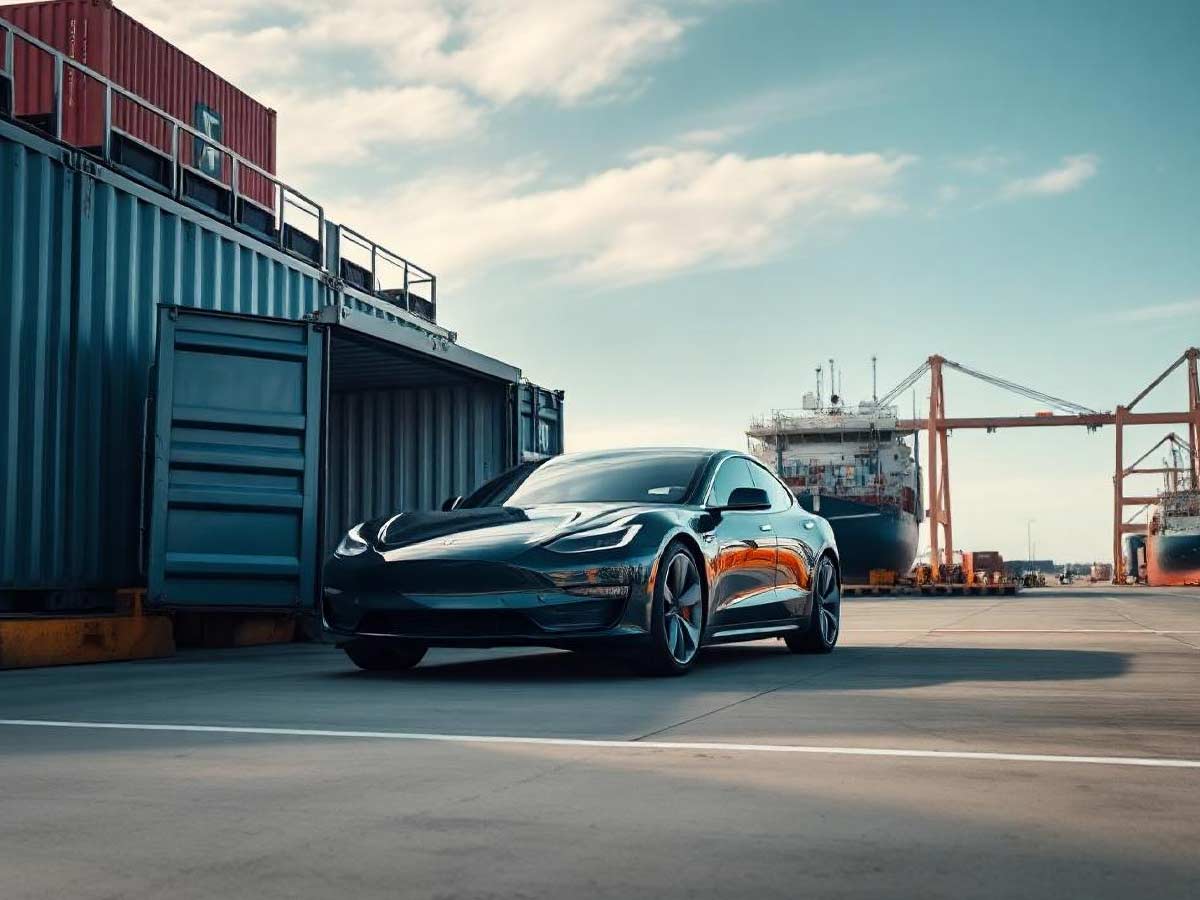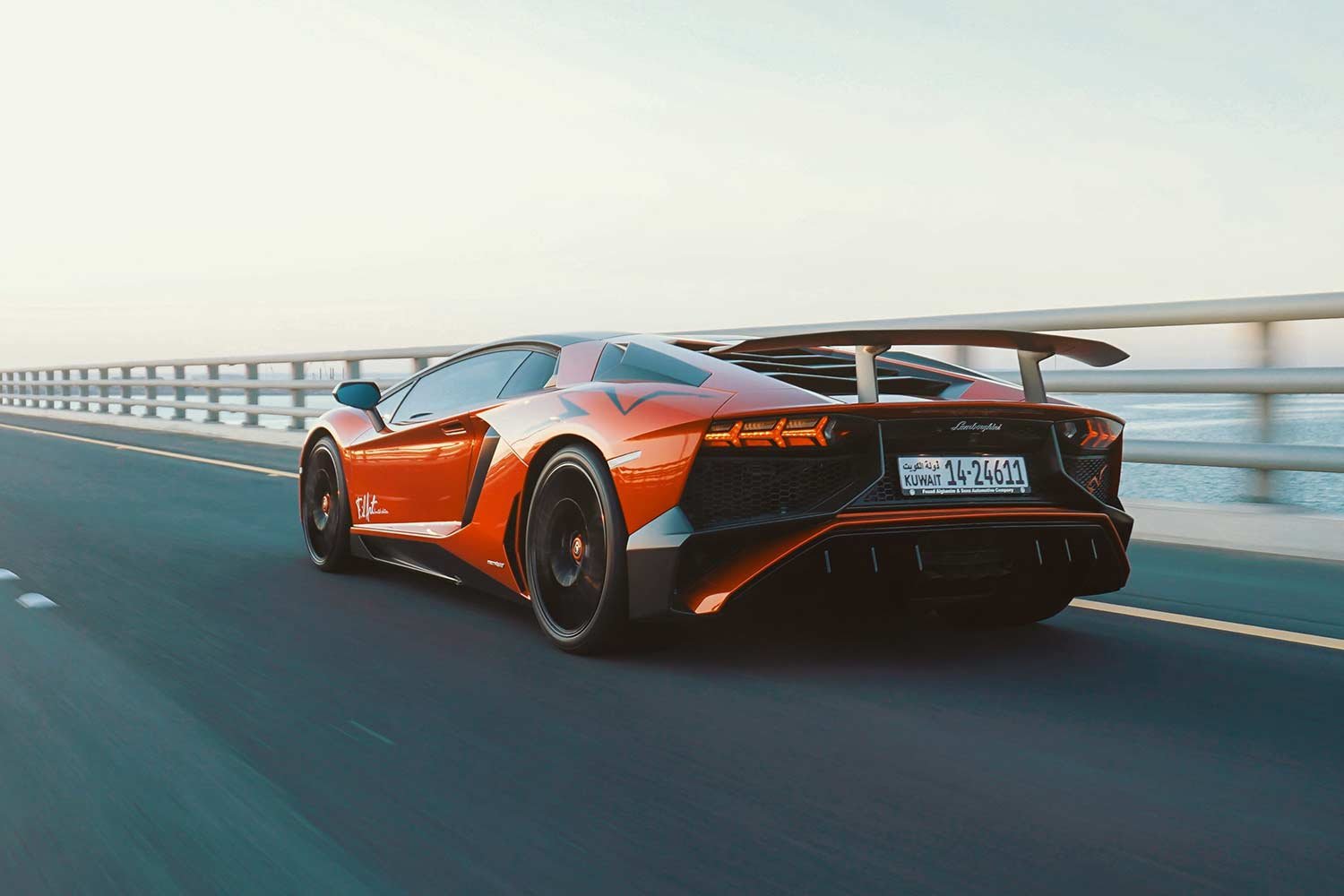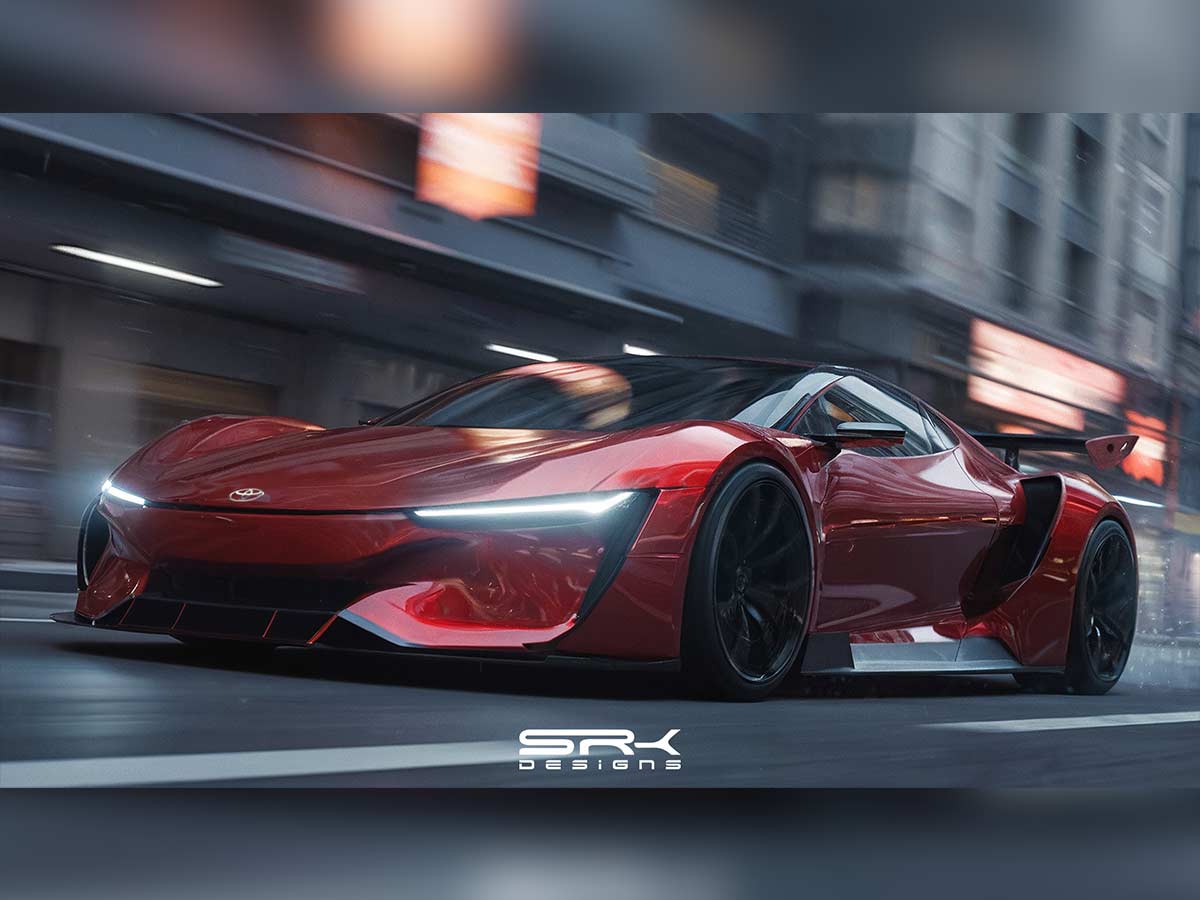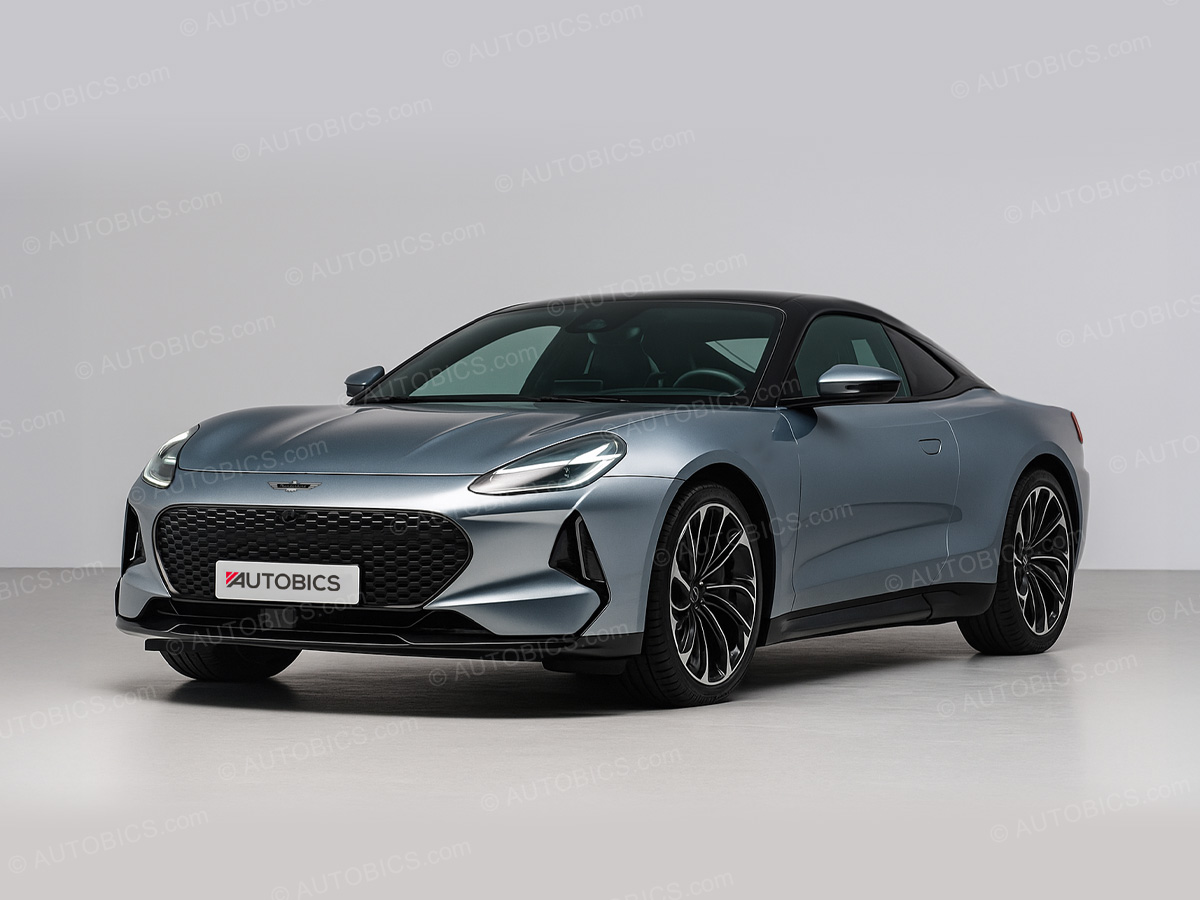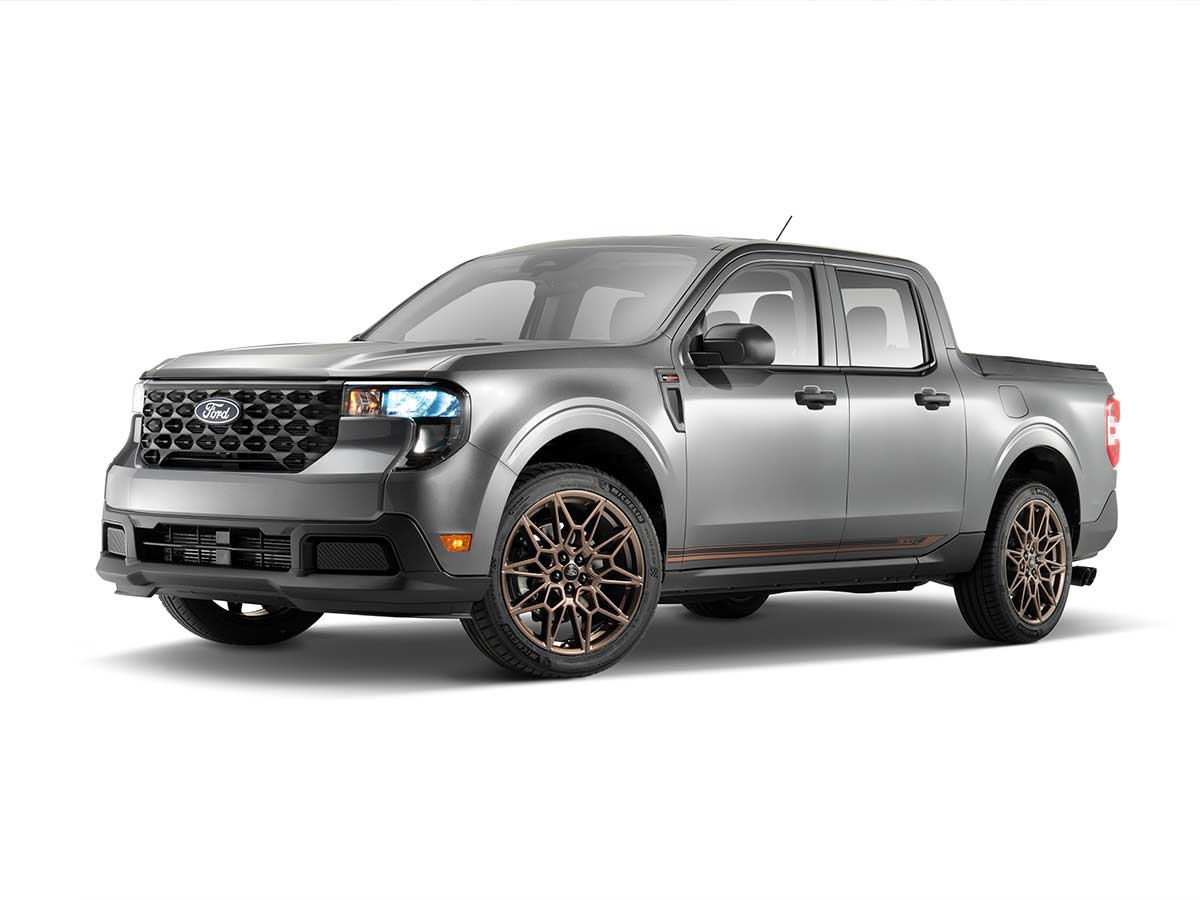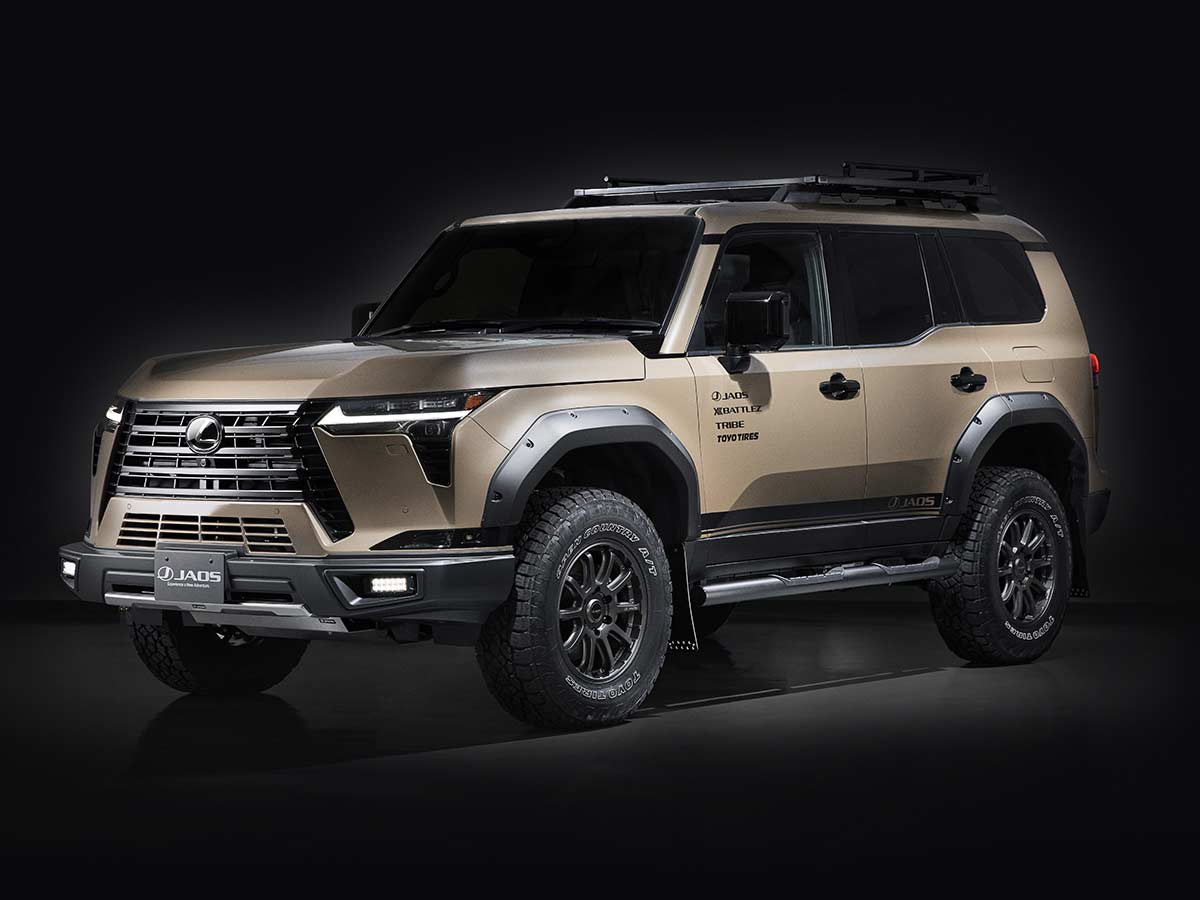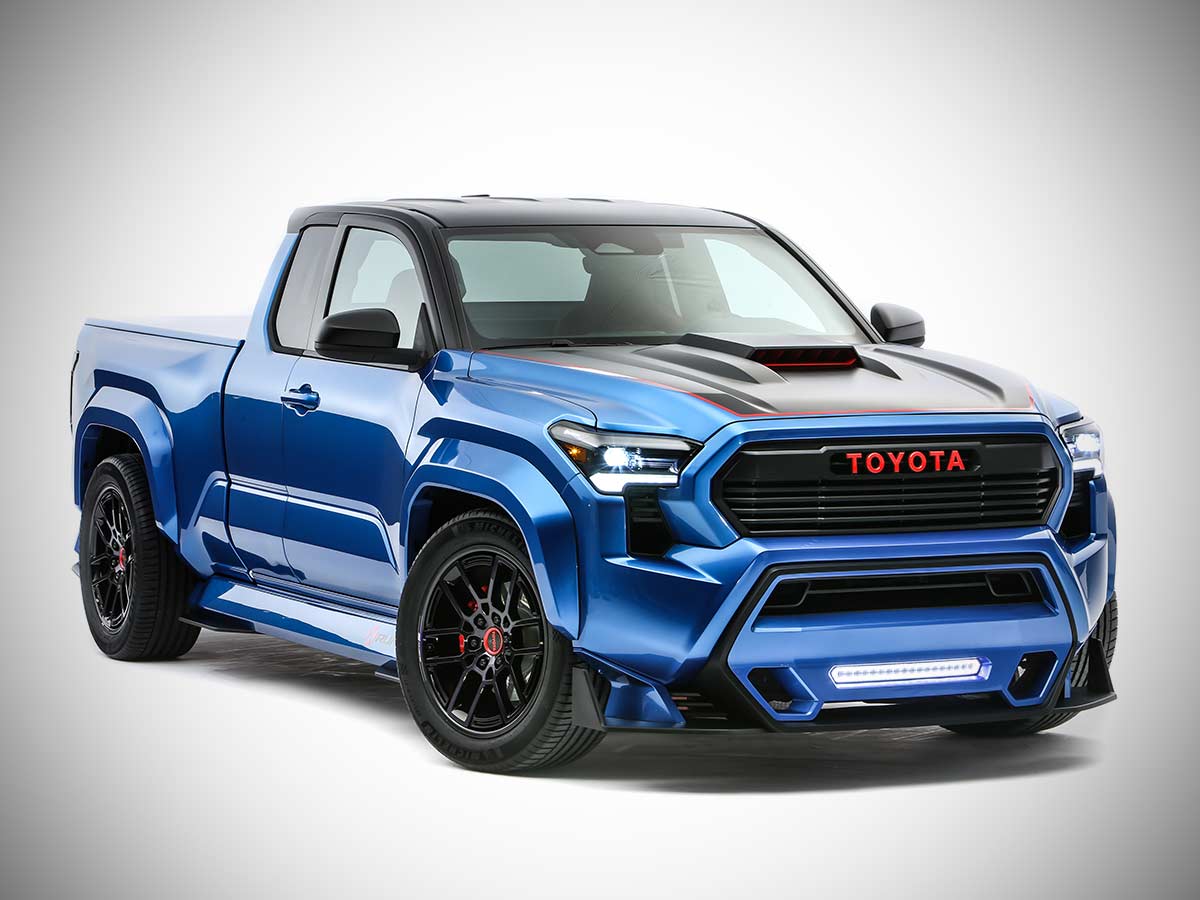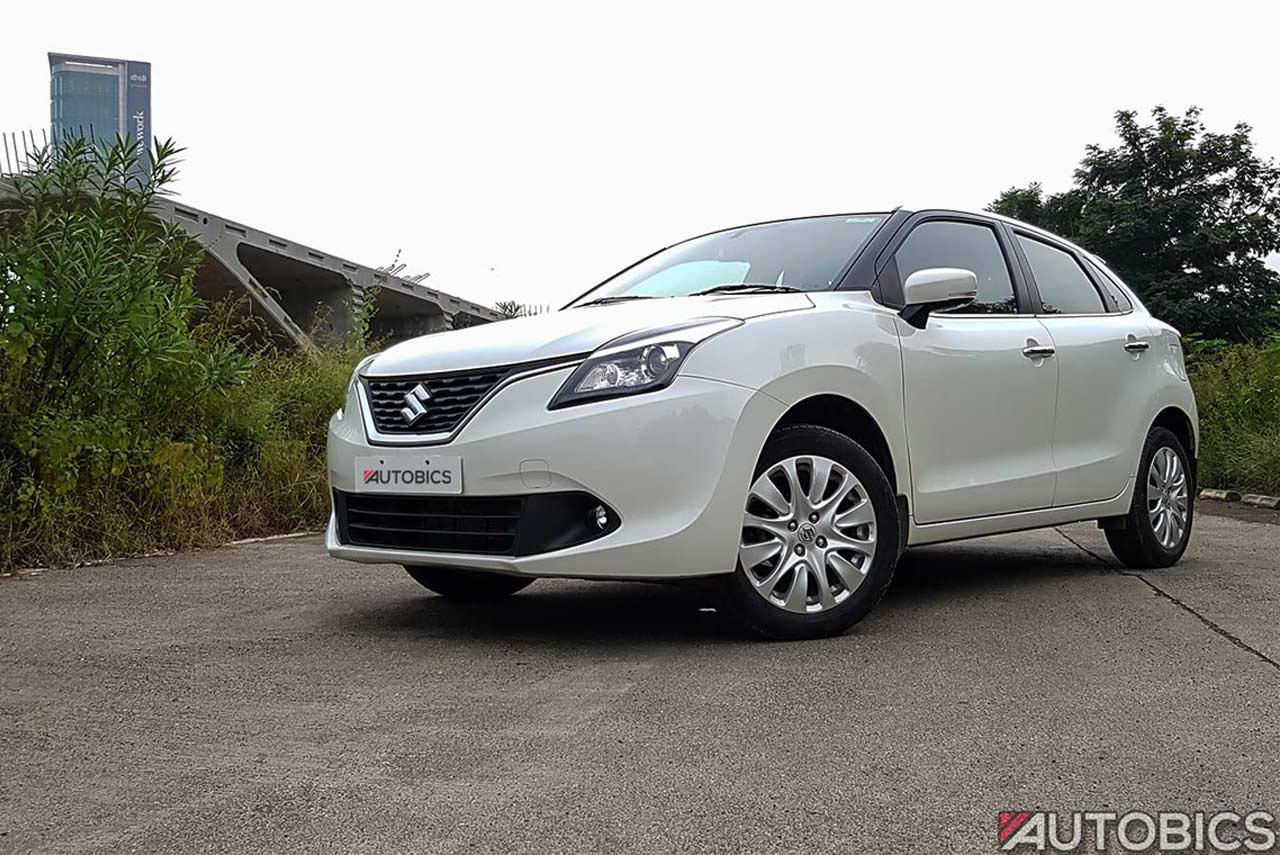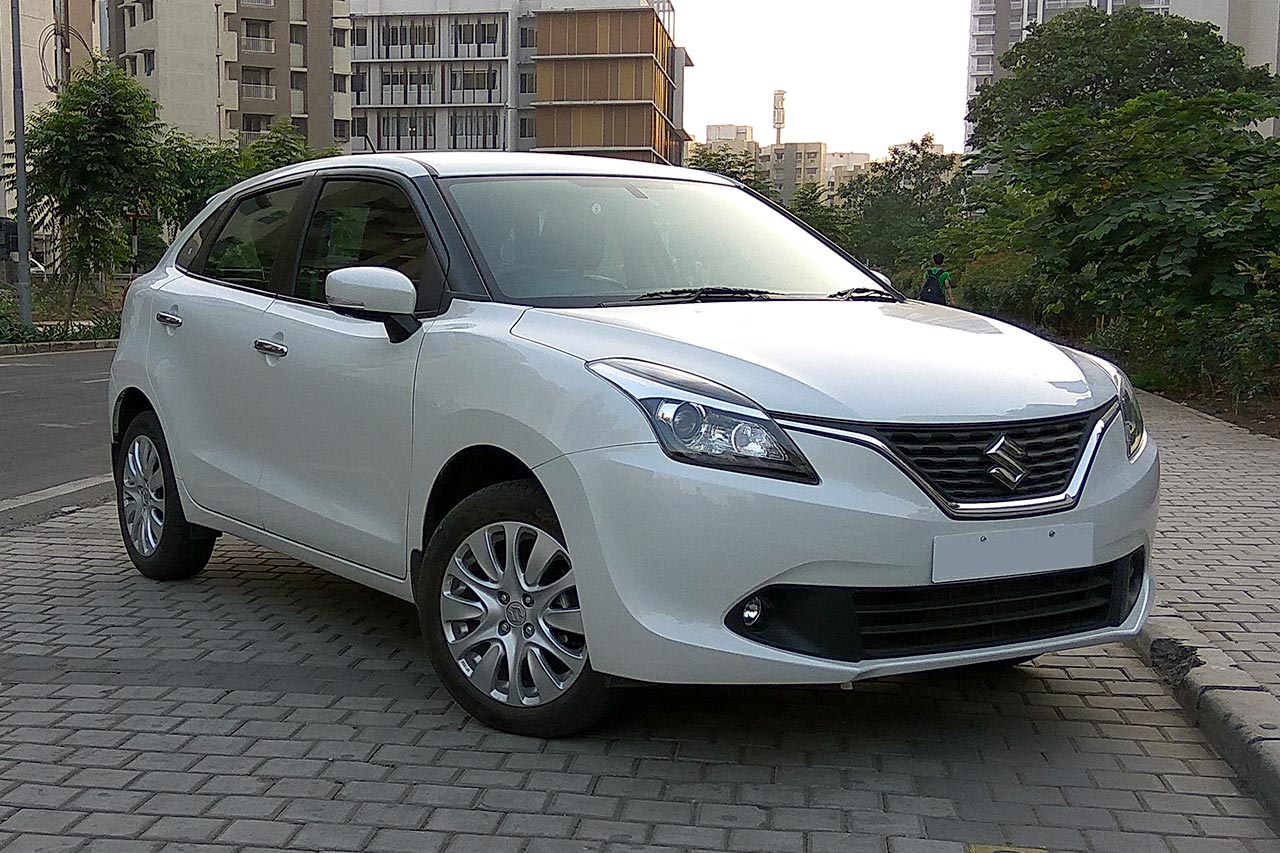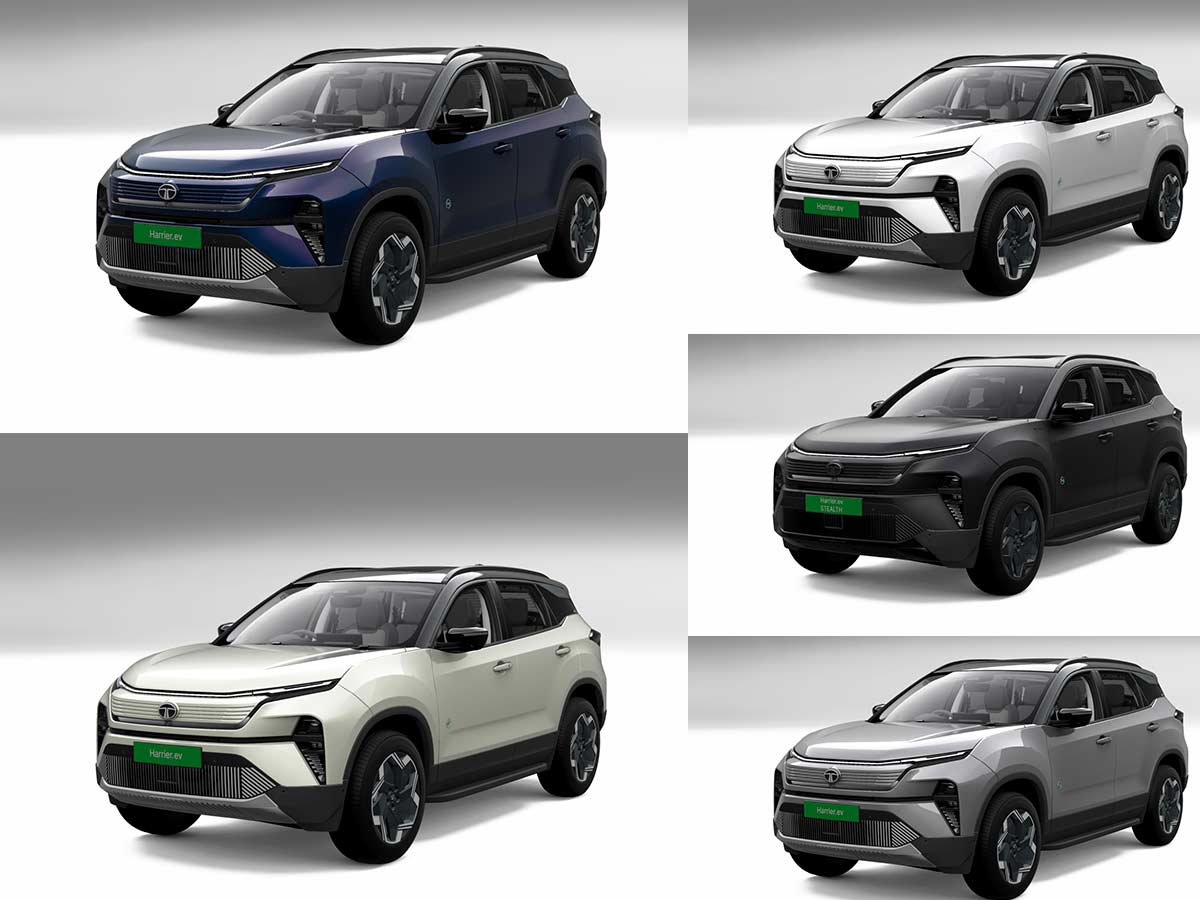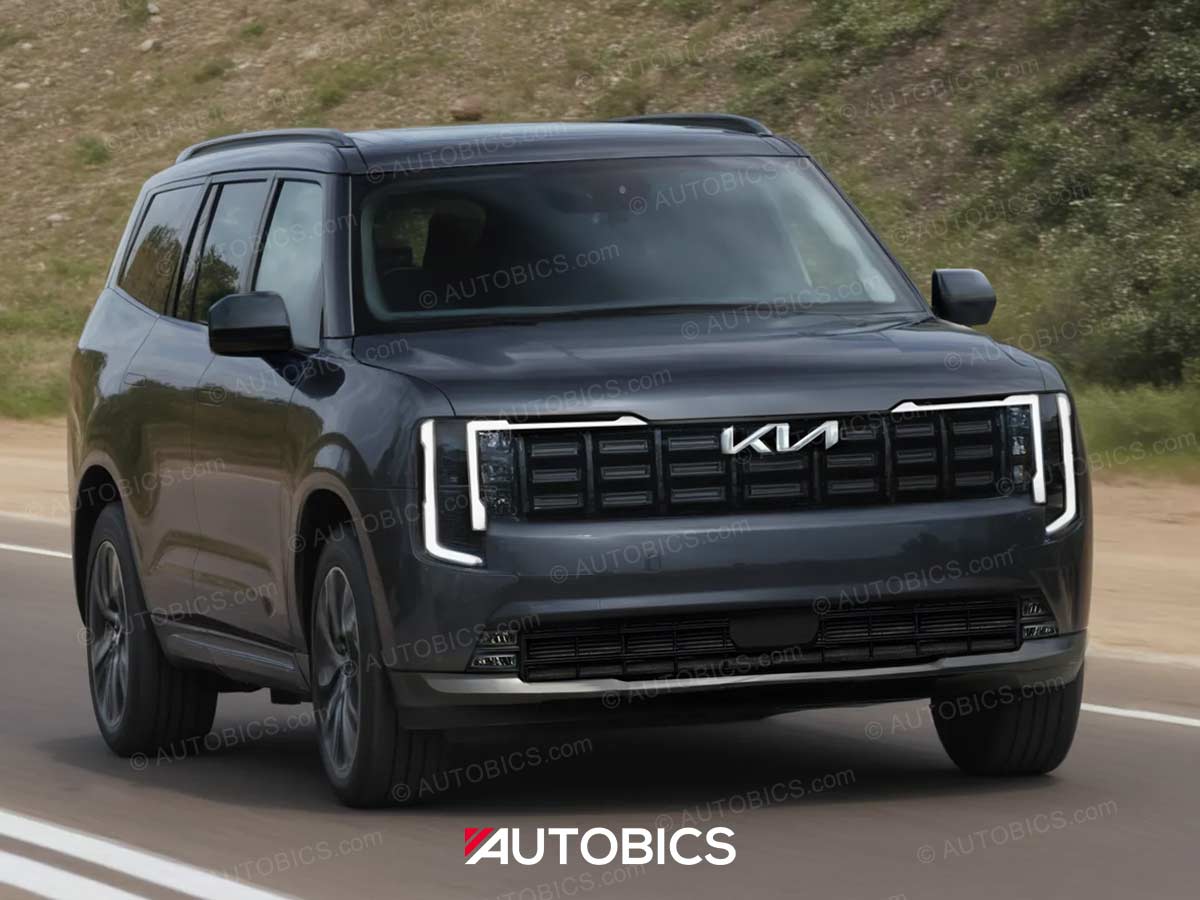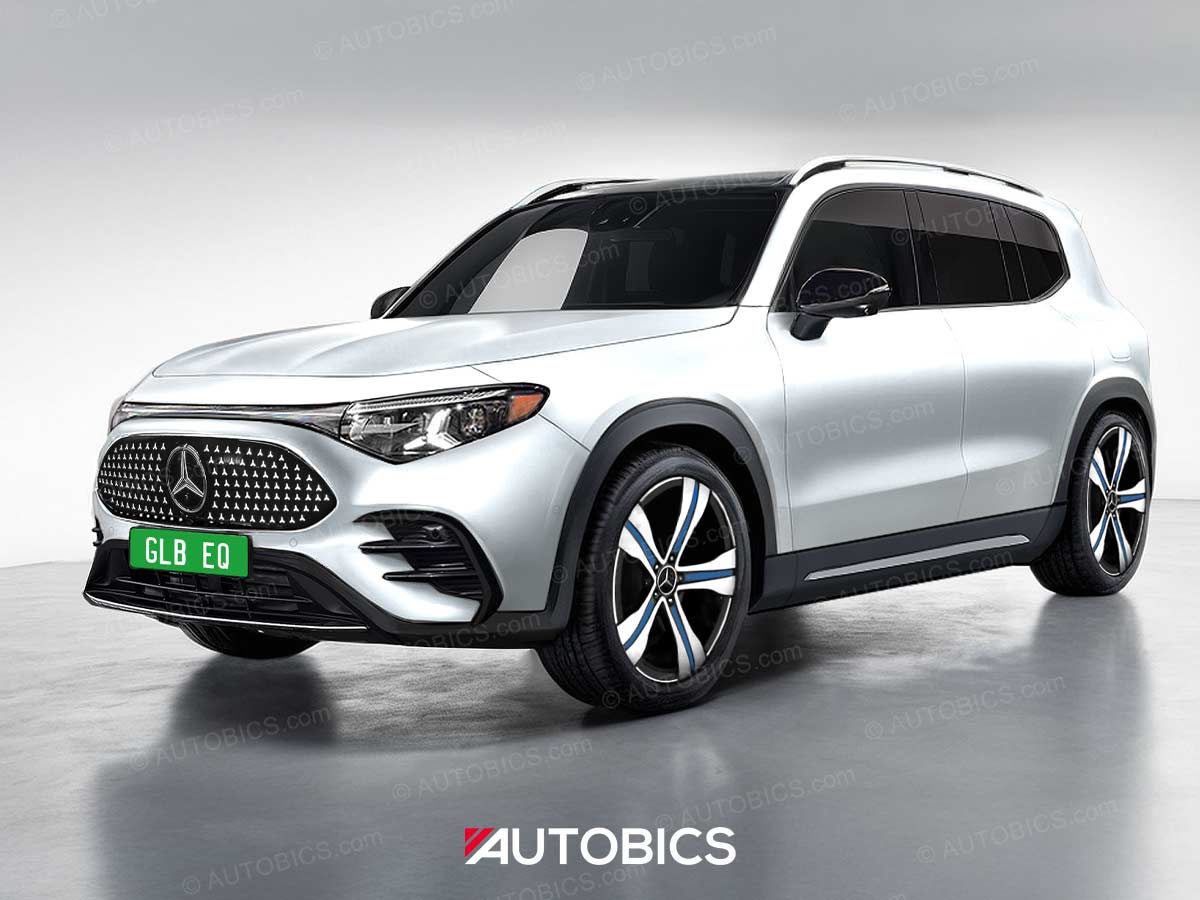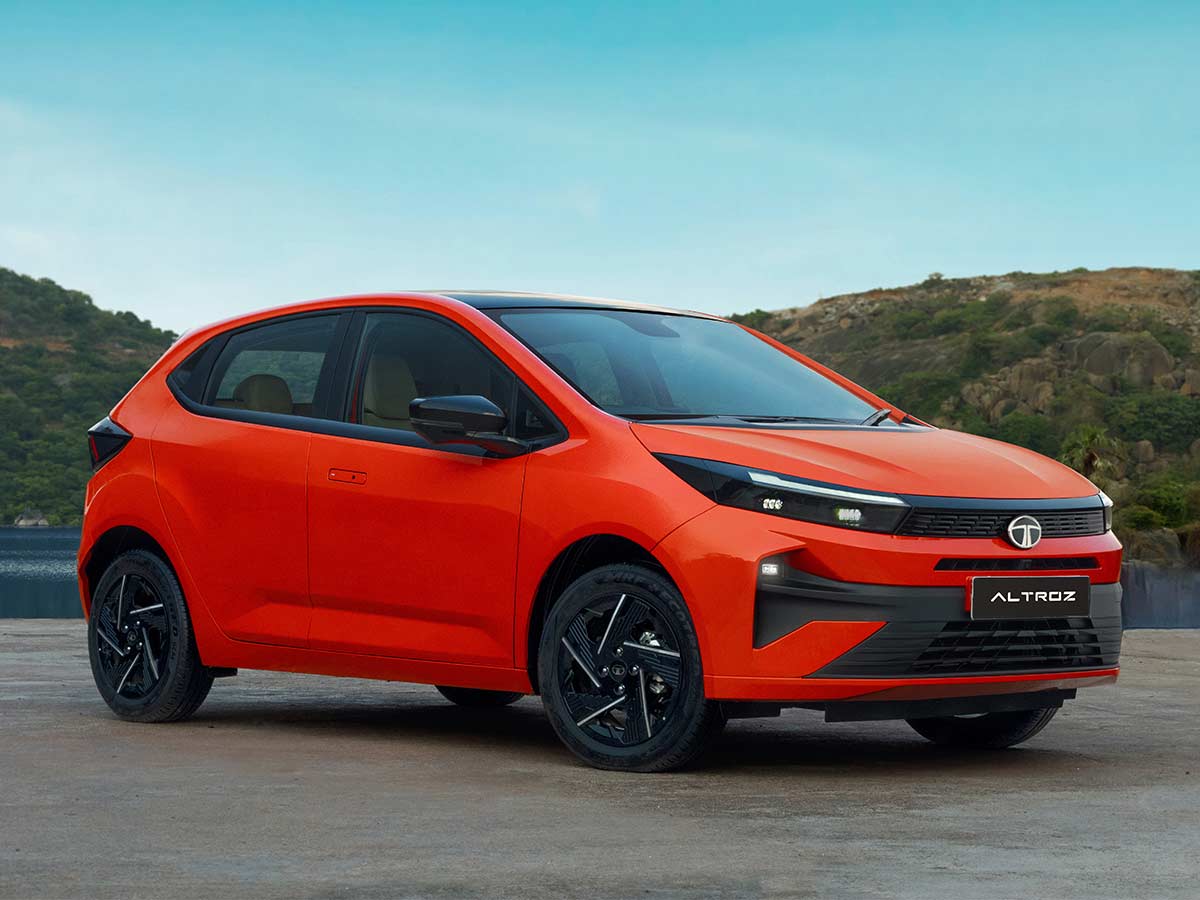In the heart of bustling Indian metropolises and along the winding ribbons of our highways, a quiet revolution has been unfolding: families are moving beyond sedans and hatchbacks, setting their sights on the versatile world of multipurpose vehicles. In the sub ₹20 lakh ex-showroom segment – where comfort, space and value collide – Maruti Suzuki’s Ertiga and XL6 have long held court, while Kia’s Carens Clavis has recently raised the bar with a potent mix of style, tech and performance. Yet, for a brand that built its reputation on bold forays into uncharted territory, Tata Motors’ absence here is as surprising as it is tantalizing.
But what if Tata Motors, a brand that’s redefined itself with great designs and safety-first engineering, decided to step into this arena? What if Tata crafted a proper 7-seater vehicle to challenge the status quo?
>>> Great Discounts on Car & Bike Accessories <<<
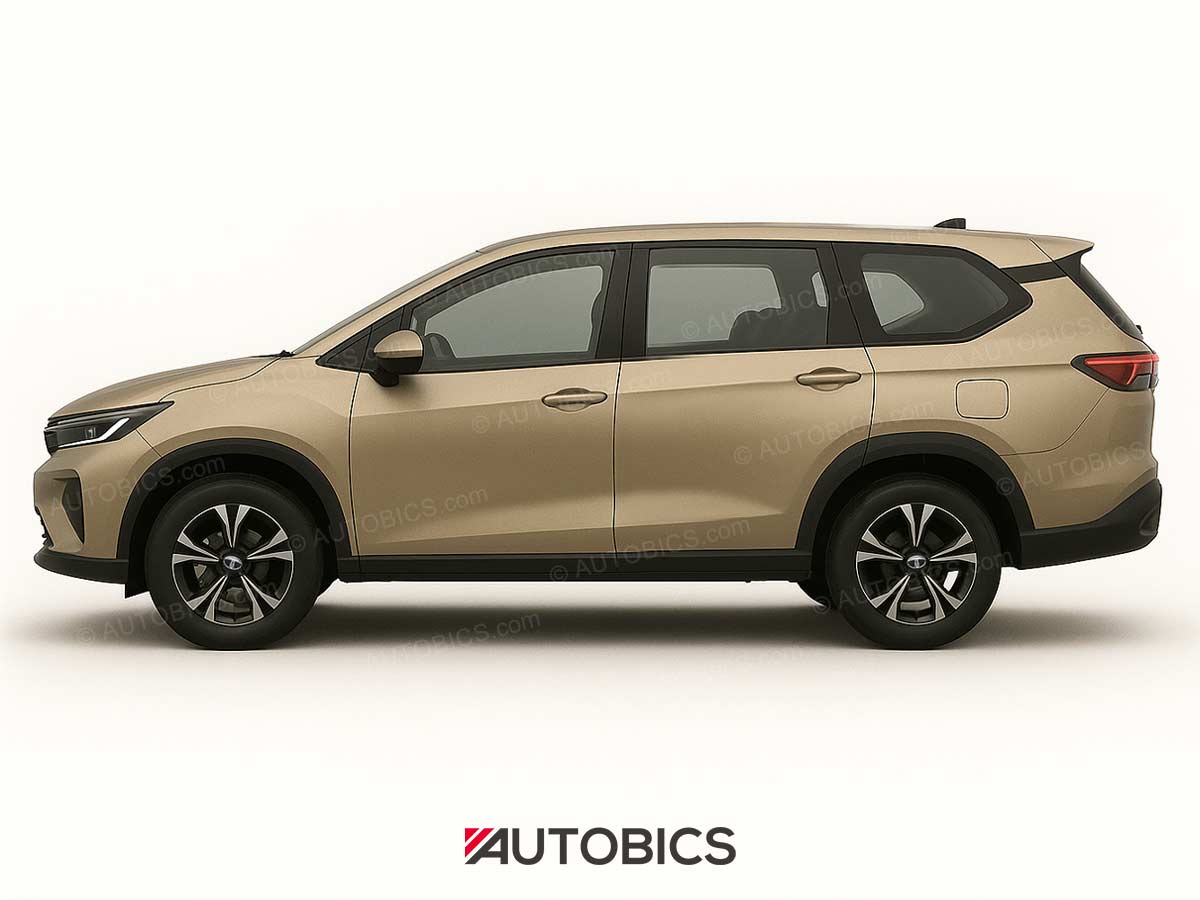
The MPV Arena: Where Families Rule
To set the stage, let’s look at the current MPV landscape in India. The Maruti Suzuki Ertiga is the people’s champ, selling over 1.90 lakh units in FY 2024-2025—a 30% leap from the year before, translating to more than 42 percent of all MPV sales. Toyota’s Innova Crysta and the hybrid Hycross combined for nearly another quarter, while the Kia Carens staked a 14 percent claim. Amid these giants, the Maruti XL6’s 8 percent slice suggests there’s appetite for a more premium, feature-rich experience – so long as the price remains within reach.
Priced at ₹8.69-13.03 lakh, it’s the affordable upgrade for hatchback owners, with petrol and CNG options delivering up to 26.11 km/kg. But it’s not perfect: a 1-star Global NCAP rating and a modest 209-liter boot highlight its limits.
The XL6, Maruti’s upscale sibling, offers captain chairs and ventilated seats and a fee extra features for ₹11.83-14.99 lakh, but it shares the Ertiga’s safety and space shortcomings. Kia’s Carens Clavis, starting at ₹11.41 lakh, ups the ante with a 3-star NCAP rating and six airbags, though its real-world mileage of 15 kmpl and premium pricing spark debate about value.
But what if there were an alternative that fused the Ertiga’s affordability and Maruti Suzuki’s rock-solid after-sales ecosystem with Kia’s cinematic cabin experience and Toyota’s vaunted reliability? Imagine a Tata 7 seater car that addresses every family’s checklist—from generous boot space and seven comfortable seats to top levels of safety – all wrapped in a design that turns heads at every traffic signal.
Learning from History: Aria and Hexa’s Echoes
Tata Motors isn’t a stranger to this playground. A decade ago, the Tata Aria debuted with the promise of rugged refinement, only to be eclipsed by Toyota’s seasoned Innova. Later, the Tata Hexa arrived, more polished and powerful, but still struggled to capture hearts. Both were noble attempts: they hinted at what a Tata Motors 7 seater car could be, but fell short in areas of wider service reach and outright brand perception.
Today, Tata’s product philosophy has evolved—its ALFA (Agile, Light, Flexible, Advanced) architecture underpins a growing family of SUVs, and its safety credentials gleam with multiple five-star Global NCAP ratings. In Nexon and Punch, Tata Motors has demonstrated that it can engineer impressive ride quality, cabin refinement and world-class crash performance on shoestring budgets. All that remains is to channel these strengths into a fresh Tata 7 seater vehicle that marries innovation with inclusivity.
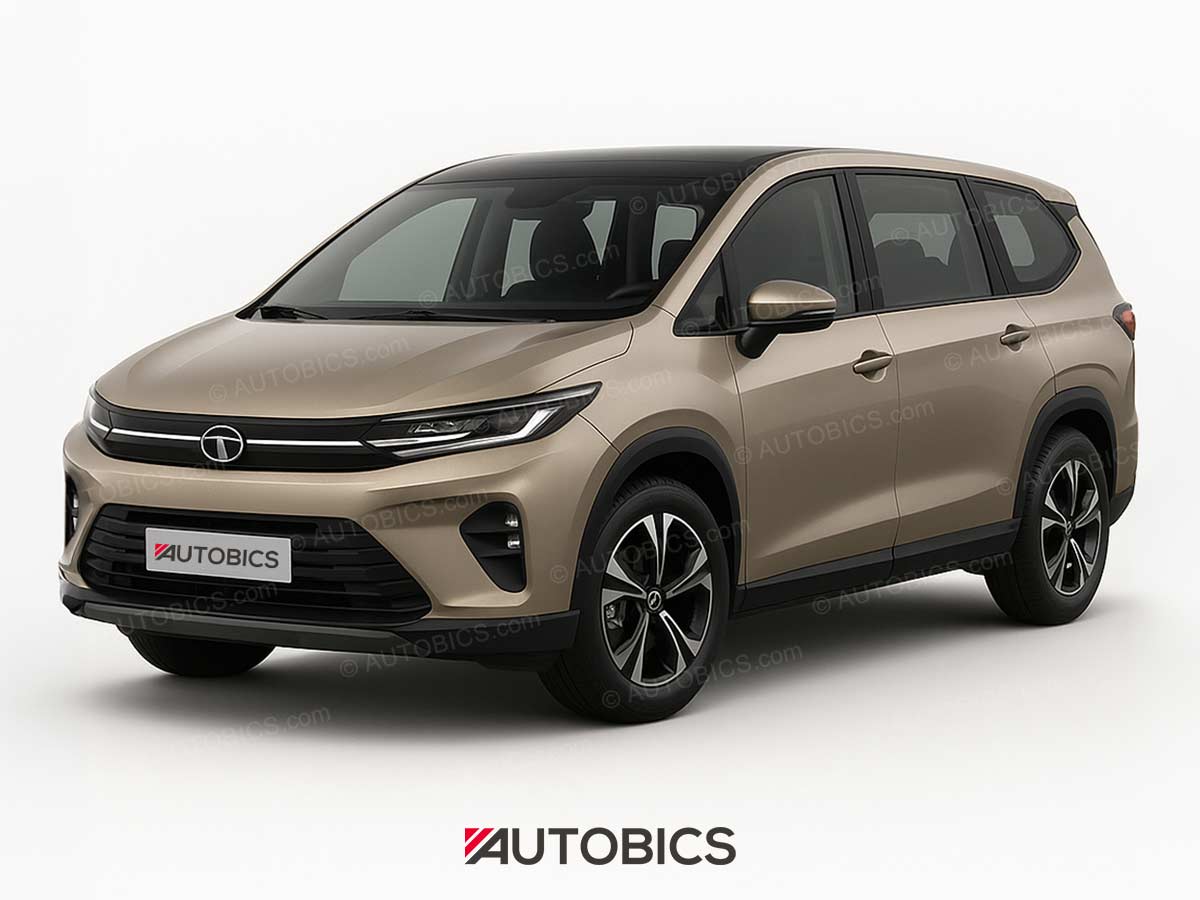
Crafting the Next Family Star: A Tata 7-Seater Reimagined
Design & Packaging
Picture a silhouette that melds MPV utility with crossover flair: a long wheelbase for flat, spacious floors; a high roofline for true third-row comfort; and a sculpted waistline that suggests motion even at rest. The glasshouse sweeps skyward to flood every row with light, and roof rails double as dramatic styling elements. Inside, second-row captain seats fold, tumble and slide at the touch of a button, while a bench in row three offers true seven-seat credibility without negating luggage room. A modular floor can be reconfigured—stow the bench and you unlock a cavernous 600 liters, enough for a week’s groceries or a family of four’s weekend bags.
Powertrains for Every Lifestyle
Leveraging its existing engines, a future Tata Motors 7 seater car could arrive at launch with more drivetrain options than any rival. A 1.5 L turbo-petrol and a naturally aspirated 1.5 L petrol would cover city commuters and highway cruisers alike. Diesel devotees would welcome a 1.5 L CRDi. What’s more, Tata’s dual-cylinder CNG package – tucked neatly under the floor – would preserve luggage space while delivering upwards of 26 km/kg. And for those already dreaming of an EV-powered Tata 7 seater, a 55 kWh pack delivering a claimed 500 km range could redefine expectations in this segment.
Feature Set that Inspires
Where the Ertiga offers basic manual HVAC and the XL6 adds just a few luxuries, a Tata family MPV could redefine what value means. Envision Level-2 ADAS—adaptive cruise control, lane-keep assist and blind-spot monitoring—working alongside six or eight airbags and a 360° camera. Infotainment would take center stage on a 12.3-inch touchscreen with over-the-air updates and smartphone mirroring. Behind the steering wheel, a configurable 10.25-inch digital cluster would relay everything from tire-pressure warnings to battery-state-of-charge. Dual-zone climate control, ventilated second-row seats, a panoramic sunroof and ambient mood lighting would make every journey feel curated.
Pricing that Wins
One of Tata’s greatest strengths is its ability to pack premium features into competitive price tags. By reusing platforms and powertrains, development costs stay lean, allowing a base model to entry at around ₹11.99 lakh ex-showroom, while a top-trim with all the bells and whistles still sits below ₹20 lakh. Add in service packages, extended warranties and attractive financing schemes, and the value proposition becomes irresistible.
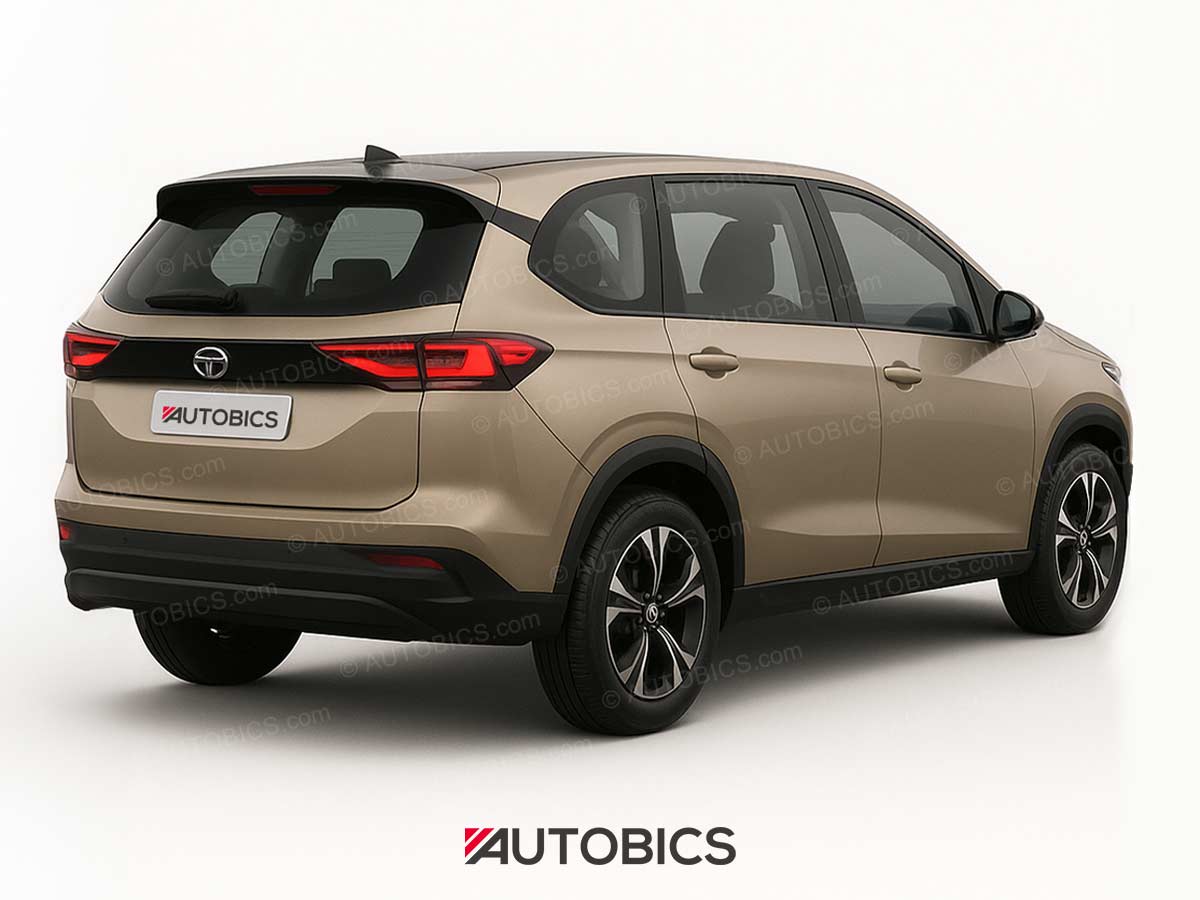
A Story Waiting to Be Written
In the grand narrative of India’s automotive evolution, the next chapter beckons. Maruti Suzuki may have popularized the accessible MPV, Toyota raised the bar for dependability, and Kia injected fresh excitement—but the story remains unfinished. Tata Motors, with its heritage of bold thinking and uncompromising safety, is uniquely positioned to script a new bestseller: a Tata 7 seater car born of past lessons, powered by future-ready technology, and priced for the many, not the few.
When that day arrives—when you can park at the mall in a boldly styled MPV, greet your loved ones with captain-seat grace, stack in groceries behind row three, and drive off with confidence in five-star safety—India’s families will have found a new champion. And in living rooms across the country, the word on everyone’s lips will be simple: “Finally, a family car that truly understands us.”
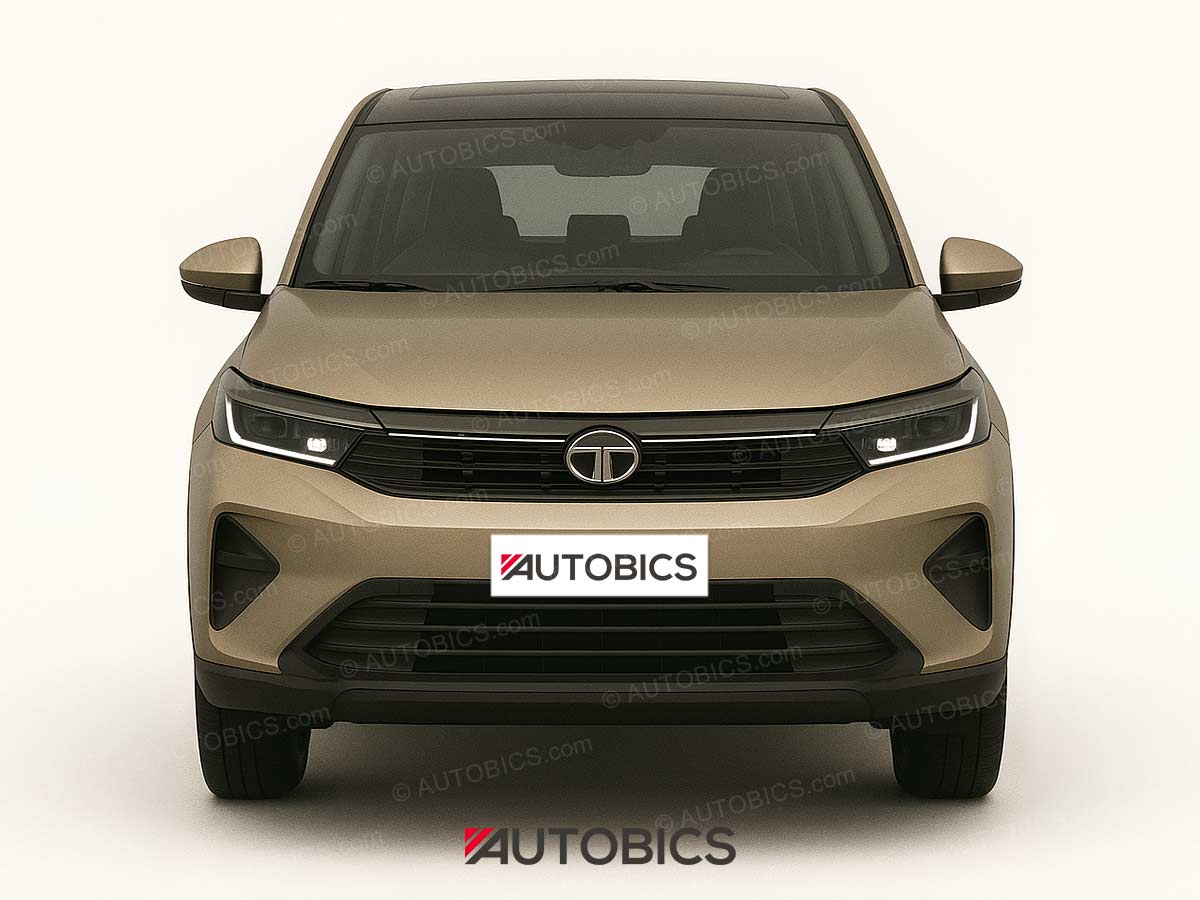

Note: This information is purely speculative, as Tata Motors has not released any official details about a 7-seater MPV and the AI generated car images are not official designs.
